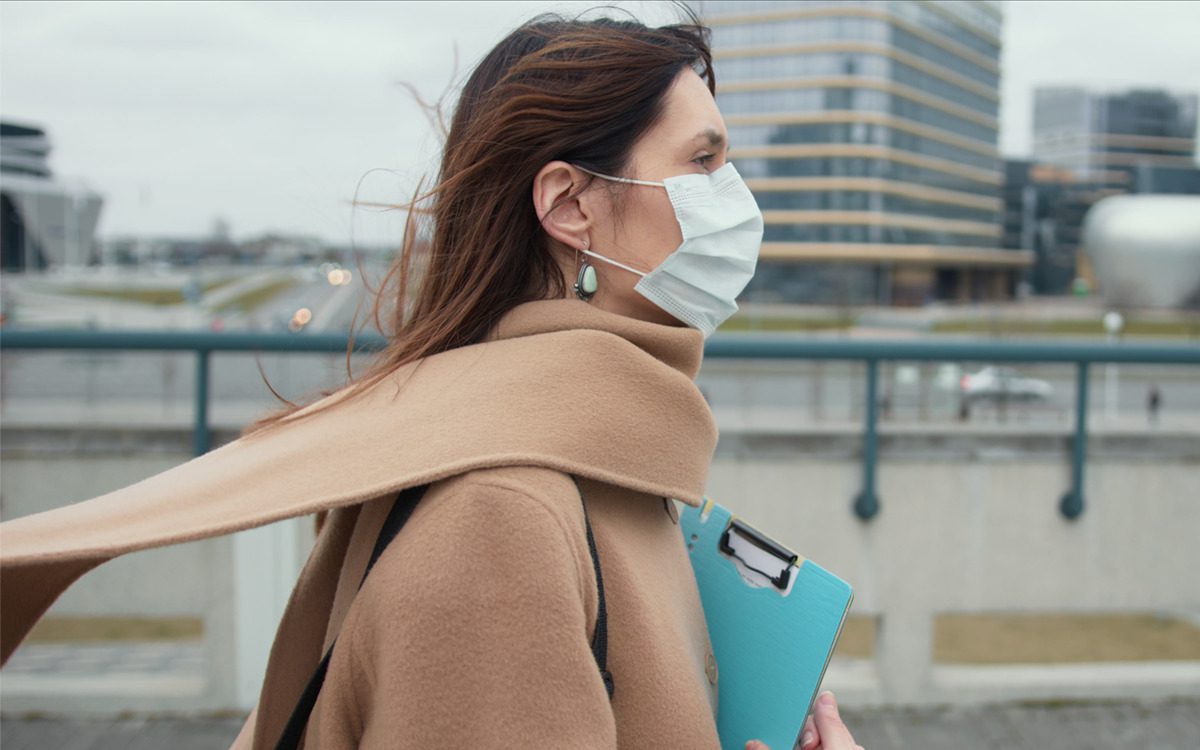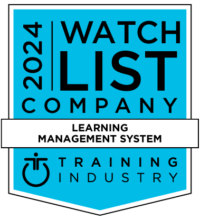The crisis has not passed, but many employers are reaching out about returning employees to work. In some cases, it’s because employers have received PPP funds and want to make sure they are appropriately managing employee payroll, including headcount, to take advantage of loan forgiveness. In others, employers are preparing for a phased approach to lifting restrictions.
Whatever the situation, we’ve identified several important things employers should be thinking about as they return employees to work in a COVID-19 world. We’ve broken them into three main categories:
- Preparing the Workplace Policies and Facilities
- Practical Matters Associated with Returning Employees to Work
- Complying with New COVID-19 Laws
Preparing the Workplace Policies and Facilities
The first step for bringing employees back to work is to prepare a safe workplace, beginning with a review of OSHA’s Guidance on Preparing Workplaces for COVID-19.
While this is an “advisory” document and does not create legal obligations, it provides identifiable steps employers can take to show that they are acting appropriately to protect employees. It is also the guidance to which the CDC directs employers.
This guidance suggests plans, policies, and workplace controls to implement based on an assessment of the workplace exposure risk for employees. These include:
- Development of an infectious disease preparedness and response plan;
- Implementation of basic infection prevention measures;
- Development of policies and procedures for prompt identification and isolation of sick people;
- Communication about workplace flexibilities and protections;
- Introduction of engineering controls such as physical barriers and high-efficiency air filters;
- Establishment of administrative controls such as education and training measures and policy changes; and
- Use of personal protective equipment, such as face masks, where appropriate.
As employers develop and implement these plans, policies, and workplace controls, they should refer back to the CDC for specific measures and consider questions like the following:
- What employee and customer screening is right for the facility?
- Should it include things like taking temperatures, wearing masks, and/or marking off six feet waiting distances?
- Do employees need to be paid for time spent on the health screening process?
- If employers require or permit PPE such as masks, do employers have to pay for it?
- What if an employee shows up with a cough?
- Should some employees still work from home?
- How do employers implement these safety precautions without doing anything discriminatory?
- What liabilities might employers have if an employee claims the workplace was not properly prepared for employees returning to work?
- Are there additional rules and regulations applicable to the employer’s specific industry?
Practical Matters Associated with Returning Employees to Work
The logistical hurdles associated with returning employees to work are among the most complex most employers have ever faced. The flood of COVID-19 information and misinformation makes some employees fearful of returning to work and, at the same time, makes other employees resistant to complying with any kind of social distancing measures. In addition, some employees are making more money while on unemployment than they did while working.
Further complicating this return to the workplace is the fact that most employers have never laid off or furloughed large groups of employees before, and aren’t aware of the logistical and legal issues associated with their return.
Employers should start by determining the circumstances under which the employees departed. Regardless of whether the employer described the action as a furlough, a layoff, or something else, the essential question is this: Was the employer/employee relationship severed? If so, then the employer is returning separated employees, which is very much like hiring them for the first time. If that relationship was not severed, then the employer is essentially returning employees from an unpaid leave.
Returning Separated Employees:
- Check normal policies and procedures for rehiring an employee and follow them;
- Review plan provisions for benefits such as 401K and health insurance, and follow applicable provisions for getting employees back on benefits;
- Collect new employment documentation, such as an application form, background checks, and drug tests, as appropriate;
- Remember Form I-9. Employers may need to complete new forms or complete section 3 of the prior Form I-9 for a particular employee. A link to I-9 Manual can be found here.
- Remember new hire reporting and e-verify requirements; and
- If not returning all separated employees, or if some employees will be chosen to work more hours than others, select employees in a non-discriminatory fashion.
Returning Employees Placed on Leave:
- Check normal policies and procedures for returning employees from leave and follow them;
- Review plan provisions for benefits such as 401K and health insurance, and confirm that the employees returning are still on the benefits they had before leave;
- Remember that several states new hire reporting includes reporting employees who return to work from furlough or leave after more than 60 days; and
- If not returning all employees at once, or if some employees will be chosen to work more hours than others, select employees in a non-discriminatory fashion.
As employees return to the workplace, employers should be prepared to handle issues like these:
- If the employer is bringing employees back because the employer got a PPP loan, is the employer likely to let those employees go after the eight week period relevant for loan forgiveness? If so, it may be necessary to provide a WARN notice. Otherwise, the employer may have to pay those employees an additional 60 days’ pay and face other penalties for failing to give notice.
- How will employment contracts be impacted? If the employee had a contract for a definite term, did that continue to run while the employee was not working? Will a non-compete provision in the contract still be enforceable? Is this an appropriate time to have employees enter new non-compete or arbitration agreements?
- Will the employer pay any employees at different rates than what those employees made pre-COVID-19, even temporarily? Will any employees have different job duties than pre-COVID-19? If so, will these changes impact those employees’ exempt or non-exempt status?
- Is the employer going to change any workplace benefits as part of cost cutting? Will the employer have to amend or change any plans or policies as a result?
- What arrangements were made for employee portions of health insurance premiums on furlough? Did the employer make them on behalf of the employees? If so, will arrangements need to be made to repay them?
- How will employers respond to employees who refuse to come back to work, either because they are afraid to return or because they are making more on unemployment? Keep in mind the DOL’s position about employees who refuse to return to work and the possibility of later investigations for fraudulent receipt of benefits.
- How will the employer respond to employees who raise concerns about returning to work because they fear getting COVID-19? Will it be necessary to accommodate employees who are in high risk categories? How will these issues be managed in light of legal requirements from OSHA and the National Labor Relations Act, among others?
Complying with New COVID-19 Laws
With the doors closed and workforce laid off or furloughed, employers may have paid little attention to the new laws that may impact their interactions with employees. Employers will have to get up to speed as employees return.
Among the new laws to focus on, pay particular attention to these:
- Paid Leave Laws under the Families First Coronavirus Protection Act. These laws require paid leave to be provided to employees for specific situations.
- Paycheck Protection Program Loans. Recipients of these loans need to maintain certain headcounts and payroll standards in order to take advantage of the loan forgiveness aspects of the loans. Guidance on PPP loans is provided at this link.
- Employers who have not received PPP Loans may be able to take advantage of Employee Retention Credits. These credits are summarized this link.
- In many states, reopening will happen in phases. Employers need to understand which phase applies to their business and to follow any special state and local guidelines for their employees.
- COVID-19 Support Payments. It may be possible for employers to provide support payments to employees remaining on furlough without impacting their unemployment benefits. Information on how to accomplish that is located at this link.
Additional considerations when working through these new laws include the following:
- How will employers handle employees who say they cannot return because they have to be home to care for children who aren’t in school? Will it violate the non-discrimination or non-interference provisions applicable to the new leave laws to withdraw the offer to return because the employee cannot actually return?
- How does paying leave under the new paid leave laws interact with PPP loan funds? Will paying leave under the new leave laws be considered paying payroll out of PPP funds? See FAQ 8.
- Can employers give employees raises or bonuses with PPP funds to encourage them to return to work? Will those raises or bonuses be included in what can be forgiven?
- If employees refuse to return to work, how can an employer get the headcount where it needs to be for PPP loan forgiveness? See FAQ 40.
The original version of this post appeared on the Brooks Pierce website in May of 2020.
Latest posts by Natalie Sanders (see all)
- DOL Rules Invalidated – August 25, 2020






